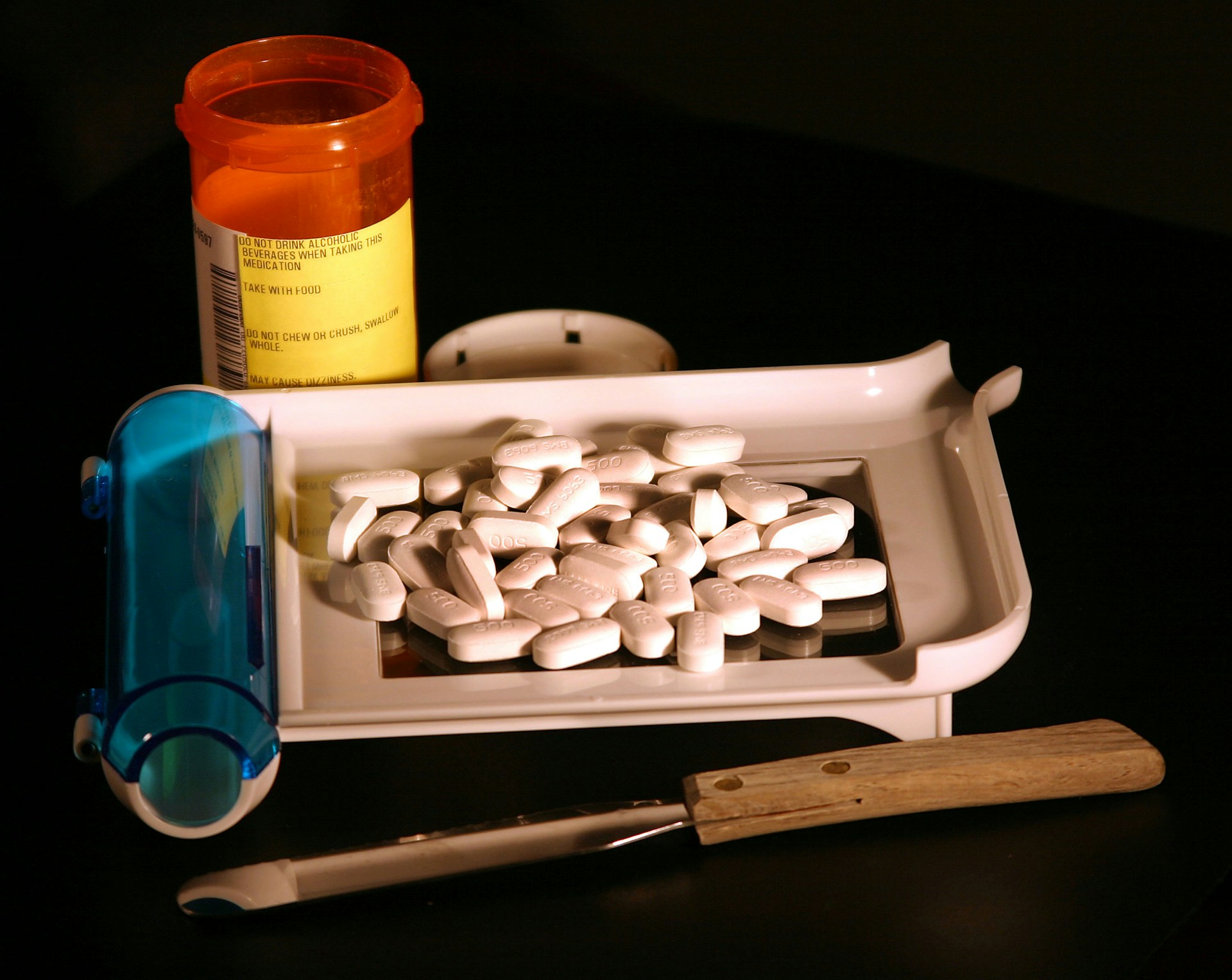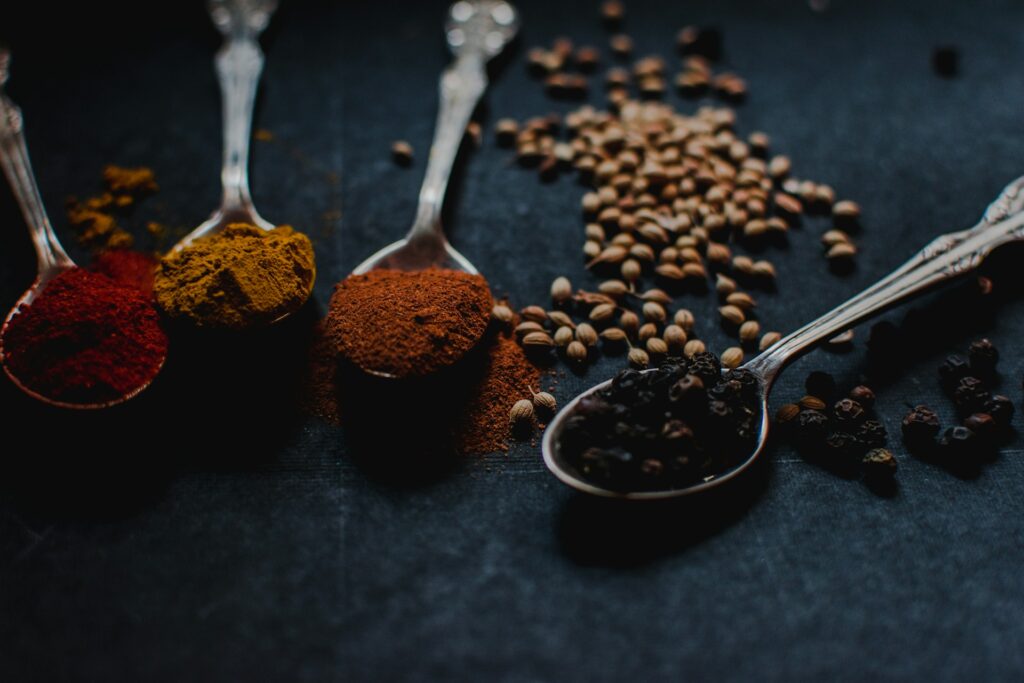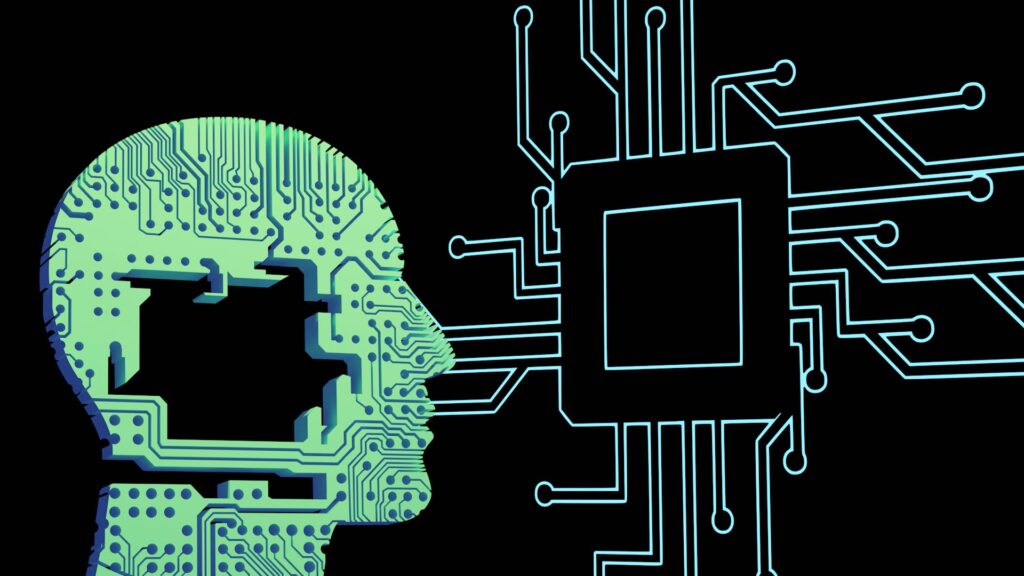Under the leadership of Dr. Sebastian Pomplun, Assistant Professor at Leiden University, a research team has developed a groundbreaking new screening method that could redefine the early stages of drug discovery. Their work, introduces what they call a self-encoded library (SEL) platform; a powerful approach that completely removes the need for DNA barcodes in compound identification. This method combines mass spectrometry with advanced computational software to identify and decode binding molecules from vast chemical libraries, potentially transforming how scientists discover new medicines.
van der Nol, E., Haupt, N. A., Gao, Q. Q., Smit, B. A. M., Hoffmann, M. A., Engler-Lukajewski, M., Ludwig, M., McKenna, S., Mata, J. M., Béquignon, O. J. M., van Westen, G., Wendel, T. J., Noordermeer, S. M., Böcker, S., & Pomplun, S. (2025). Barcode-free hit discovery from massive libraries enabled by automated small molecule structure annotation. Nature Communications, 16(1), 9479. https://doi.org/10.1038/s41467-025-65282-1
Traditional drug discovery often relies on DNA-encoded libraries (DELs), which are collections of small molecules each tagged with a unique strand of DNA that acts as a molecular barcode. When these molecules are tested against a protein target, researchers identify binders by reading the corresponding DNA sequence. This strategy has allowed pharmaceutical companies to screen millions of compounds efficiently, but it also imposes significant chemical and technical limitations.
Because the DNA tag is large compared to the small molecule itself, it can interfere with the binding between the molecule and the protein. Additionally, the chemical reactions used in synthesizing DEL compounds must be compatible with the fragile DNA tag, restricting the diversity of reactions that can be employed. Certain biological targets, particularly those that naturally bind or interact with nucleic acids, also present challenges since the DNA barcode may distort or mask true interactions.
Dr. Sebastian Pomplun, Assistant Professor at Leiden University stated,
“It’s like each molecule leaves behind a unique fingerprint. Even if two compounds have the same mass, the way they fragment tells us which is which.”
Recognizing these limitations, Dr. Pomplun and his team asked a simple but transformative question: What if we could do the same kind of screening, but without DNA at all? This question became the foundation for their new approach
In their new method, the researchers replaced DNA barcoding with a “self-encoded” system in which each small molecule can be identified directly through its own mass-spectrometry fragmentation pattern. The team created large and diverse libraries; sometimes consisting of half a million unique compounds; using solid-phase combinatorial chemistry. These libraries were then incubated with immobilized target proteins. Compounds that bound to the target were separated from those that did not, and the bound molecules were analyzed using tandem mass spectrometry (MS/MS).
Through this process, each molecule’s fragmentation pattern acted as a natural identifier. To decode the data, the team developed custom software called COMET, which automatically reconstructs the molecular structures of the bound compounds from their fragmentation spectra. This replaces the role of DNA entirely, allowing the team to pinpoint which compounds show promise as potential drug candidates.
In practical tests, the researchers applied the SEL platform to two challenging biological targets. One was carbonic anhydrase IX, an enzyme relevant to cancer and metabolic disorders. The other was flap endonuclease 1 (FEN1), a DNA-processing enzyme that is particularly difficult to study using DNA-encoded methods due to its natural affinity for nucleic acids. In both cases, the SEL system successfully identified strong-binding molecules, some with nanomolar potency—demonstrating the method’s precision and versatility.
From an engineering standpoint, this new platform represents an elegant convergence of chemistry, mass spectrometry, and data science. It offers a streamlined alternative to traditional high-throughput screening or DNA-encoded systems, both of which are expensive, complex, and limited by reaction conditions.
The SEL approach brings speed and scale, allowing researchers to analyze hundreds of thousands of compounds in a single experiment rather than conducting multiple rounds of screening. It broadens the scope of accessible targets, particularly for proteins that are difficult to approach with DNA-linked compounds. The chemistry is also more flexible, since reactions no longer need to be DNA-compatible, enabling the use of harsher or more diverse conditions to create chemically rich libraries.
Perhaps most importantly, the simplicity of this approach could make hit discovery more accessible to smaller laboratories and academic institutions. By removing the need for large robotic systems, extensive automation, or DNA sequencing pipelines, SEL technology lowers both the financial and technical barriers to early-stage drug discovery.
Despite its promise, the SEL method is not without hurdles. The accuracy of compound identification depends heavily on the performance of mass spectrometry and the sophistication of the decoding software. Complex or overlapping spectra could pose challenges, particularly in very large libraries where many compounds share similar molecular weights.
The diversity and bias of these self-encoded libraries also need to be carefully evaluated. While the removal of DNA restrictions allows for broader chemistry, researchers must ensure that the compounds still represent a sufficiently wide and pharmacologically relevant chemical space. Some proteins; such as membrane-bound or extremely low-abundance targets; may still prove difficult to work with using this setup.
Furthermore, for widespread pharmaceutical adoption, SEL technology will need to integrate seamlessly with downstream workflows such as lead optimization, toxicity screening, and clinical candidate development. The cost of high-resolution mass-spectrometry equipment and the requirement for expert data analysis may still limit its accessibility in some settings.
The implications of this development extend far beyond academic chemistry. Pharmaceutical companies and biotech startups could use SEL platforms to accelerate hit identification and expand the range of target classes that can be screened effectively. Researchers focusing on RNA-binding proteins, epigenetic modulators, or protein-protein interaction inhibitors may find this technology particularly useful, as these are areas where DNA-encoded systems have traditionally struggled.
The computational aspect of SELs also opens opportunities for collaboration between chemists, data scientists, and engineers. As decoding algorithms and machine-learning models improve, it may become possible to interpret even more complex fragmentation patterns, leading to faster and more reliable compound discovery.
From a broader perspective, SELs represent a shift toward simpler, data-driven, and democratized drug-discovery workflows. Academic laboratories that previously lacked access to large DEL facilities could now participate meaningfully in early-stage drug discovery. This could lead to a more diverse global ecosystem of molecular innovation, with discoveries emerging from a wider range of institutions and research cultures.
The self-encoded library platform developed by Dr. Sebastian Pomplun and his team at Leiden University marks an important step forward in molecular screening technology. By removing DNA barcodes and leveraging mass spectrometry to identify small-molecule binders, the researchers have shown that high-throughput drug discovery can be achieved with greater speed, flexibility, and accessibility.
While challenges remain in data accuracy, library diversity, and integration with existing pharmaceutical pipelines, the potential impact of this approach is undeniable. It paves the way for faster discovery of new therapeutics and opens the door for more laboratories; academic or industrial; to contribute to the next generation of drug discovery.
This innovation is more than a technical improvement; it represents a conceptual shift in how chemists and engineers think about encoding and decoding molecular interactions. As the technology matures, it may well become a cornerstone of the future pharmaceutical research landscape, offering a faster path to medicines without the limitations imposed by DNA.

Adrian graduated with a Masters Degree (1st Class Honours) in Chemical Engineering from Chester University along with Harris. His master’s research aimed to develop a standardadised clean water oxygenation transfer procedure to test bubble diffusers that are currently used in the wastewater industry commercial market. He has also undergone placments in both US and China primarely focused within the R&D department and is an associate member of the Institute of Chemical Engineers (IChemE).



